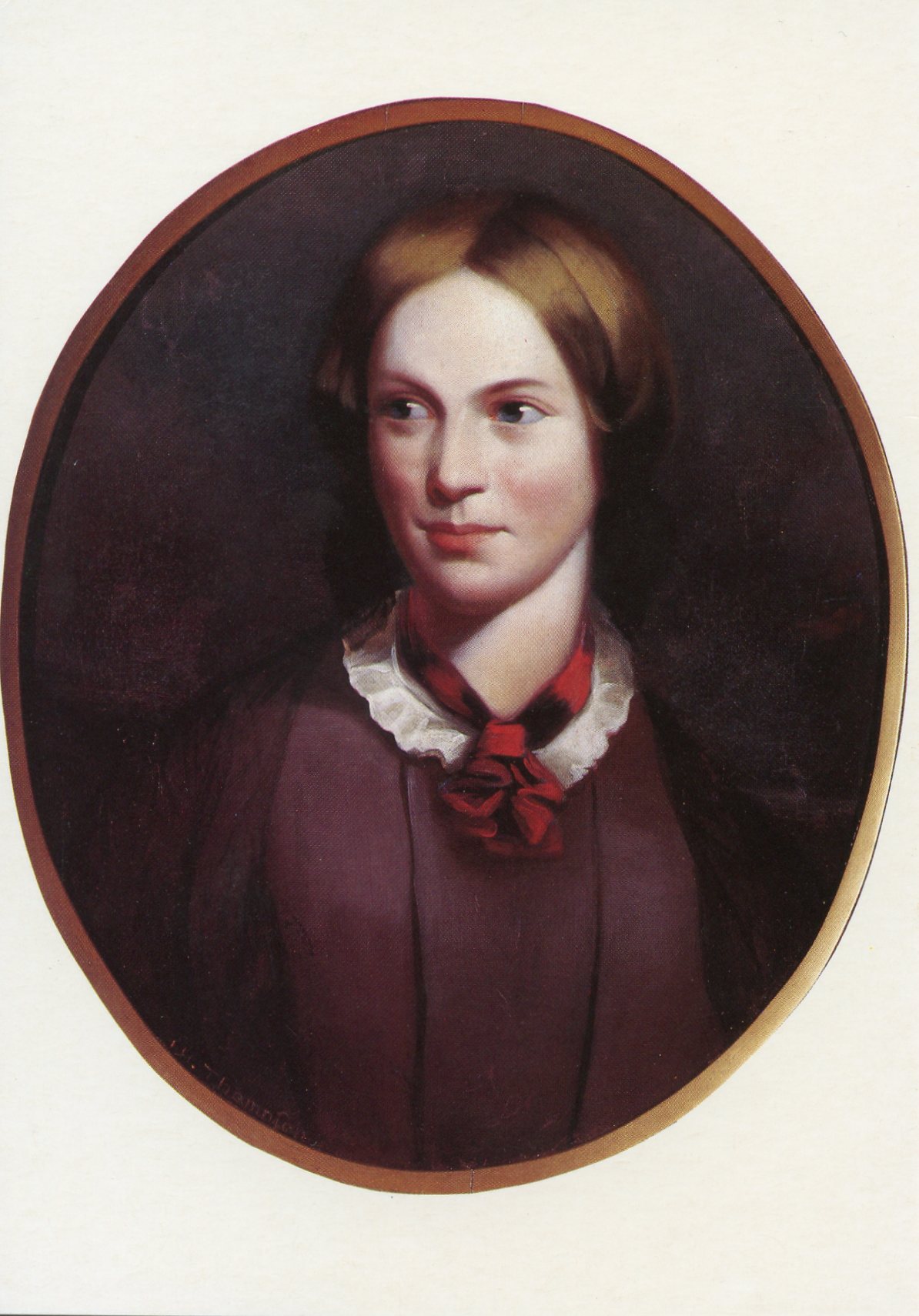How did Charlotte Bronte go from scribbling in secret to one of England’s (and literature’s) most famous names? Look for the answer in a passage in her great novel 'Jane Eyre', in which her famously plain heroine tells her husband-to-be that she is a “free human with an independent will.” That bold declaration is at the center of a new exhibition at the Morgan Library & Museum in New York - one that celebrates the author’s 200th birthday with a look at the forces that turned her into a writer.
Bronte has been at the center of literary legend since her first published novel, Jane Eyre, appeared under a pseudonym in 1847. The book was immediately loved and loathed for emotions that flew in the face of convention and courtesy, and the identity of its author became a much-contested question. But even after Bronte was discovered to be the person behind the pen name Currer Bell, myths about her childhood, her family members and the atmosphere in which she became an author have persisted.
The popular image of the Bronte sisters and their brother Branwell - all of whom died before they turned 40 - has long been one of Gothic isolation and tragic pathos. But those ideas are far from true, and the Morgan’s exhibition 'Charlotte Bronte: An Independent Will' grounds Charlotte’s brief life in objects from her everyday world. From miniature manuscripts she wrote as a child to her drawings, paintings, letters and clothing, the exhibition is full of clues as to how a parson’s daughter living in Yorkshire could become a worldly and bold author.
At the center of the exhibition is a handwritten manuscript of 'Jane Eyre', which is in the US for the first time, the website of Smithsonian Magazine reported.
Though the exhibition features documents from some of Charlotte’s most triumphant moments, it also contains echoes of tragedy. In 1848 and 1849, her three surviving siblings, Branwell, Emily and Anne, died within eight months of one another. Alone and stripped of her best friends and literary co-conspirators, Charlotte grappled with depression and loneliness. Visitors can read letters she wrote informing friends of her irrevocable losses, handwritten on black-edged mourning paper.
The exhibition runs through January 2, 2017.


